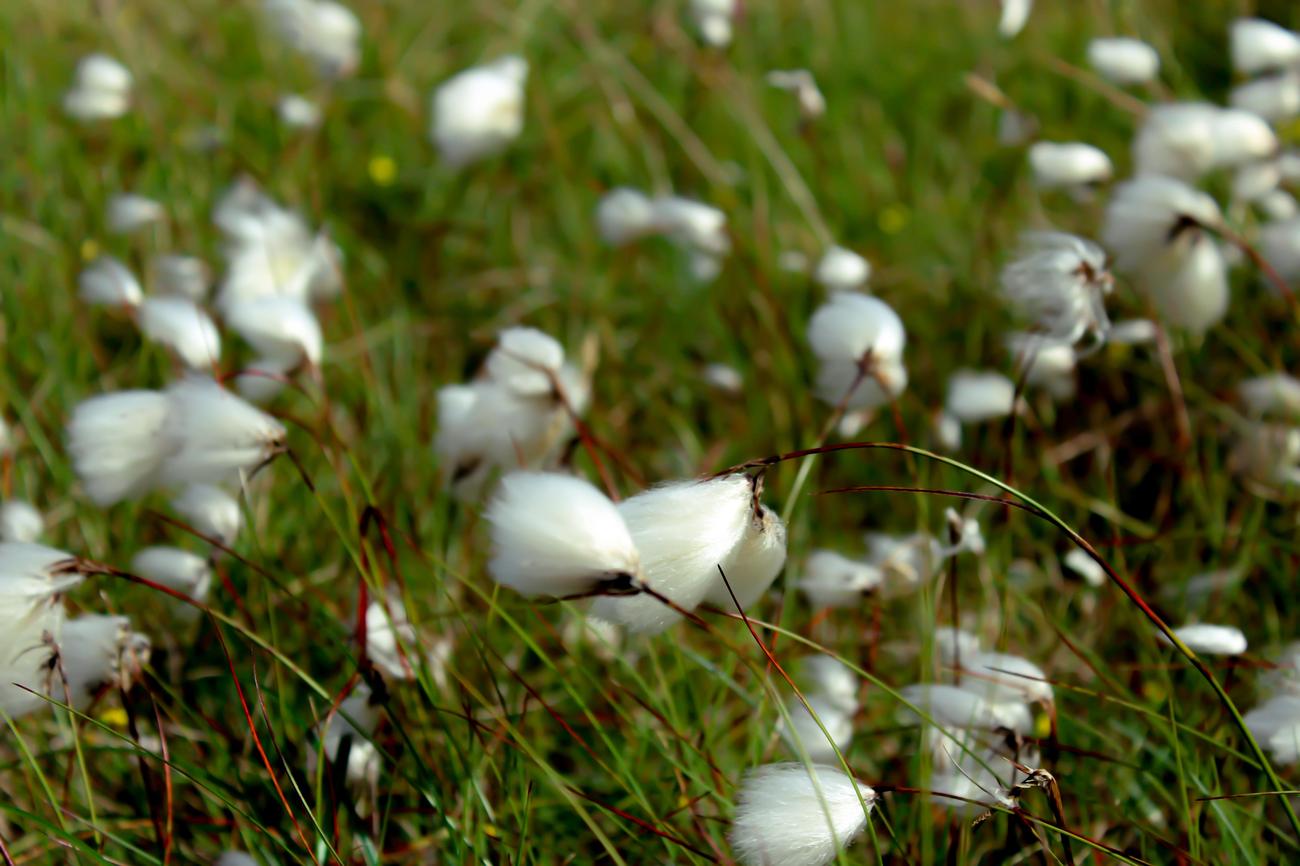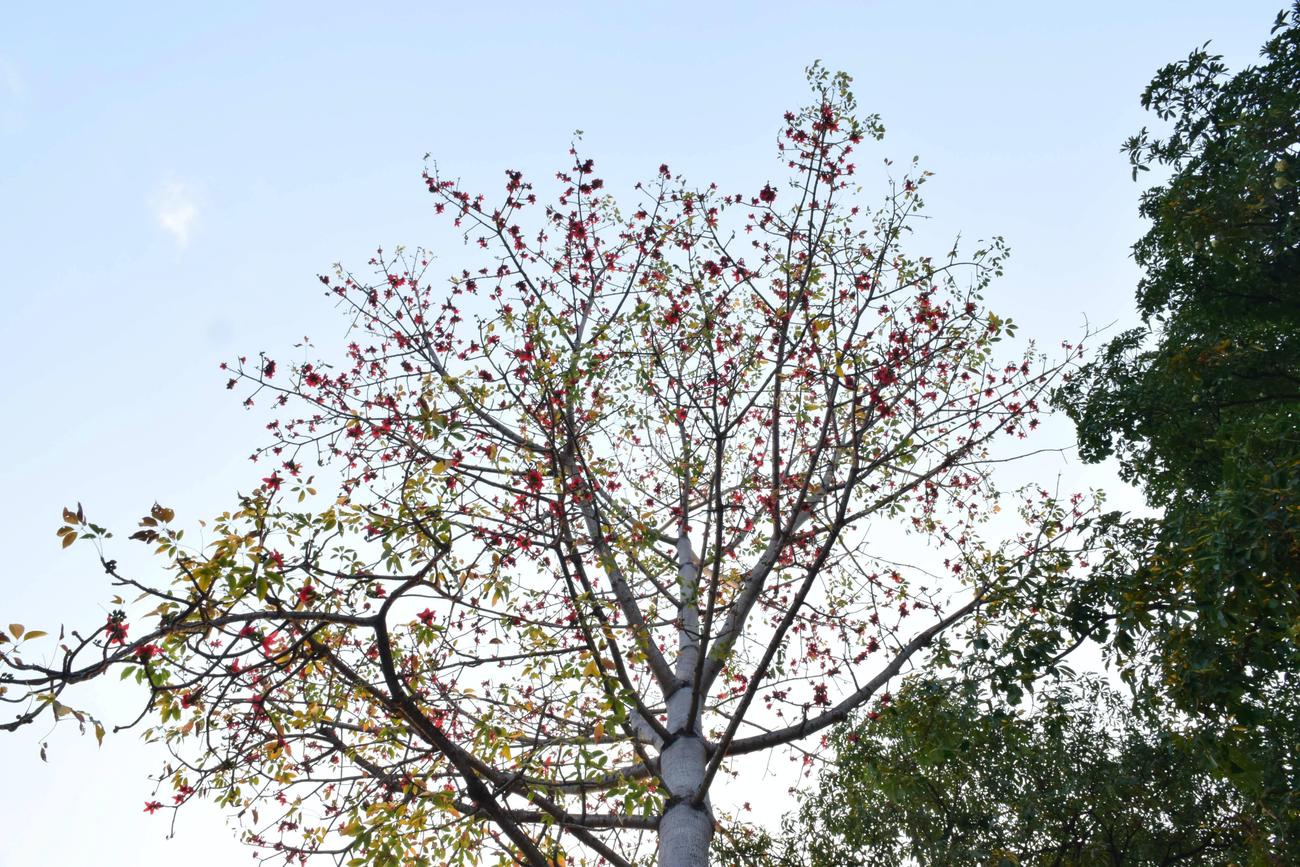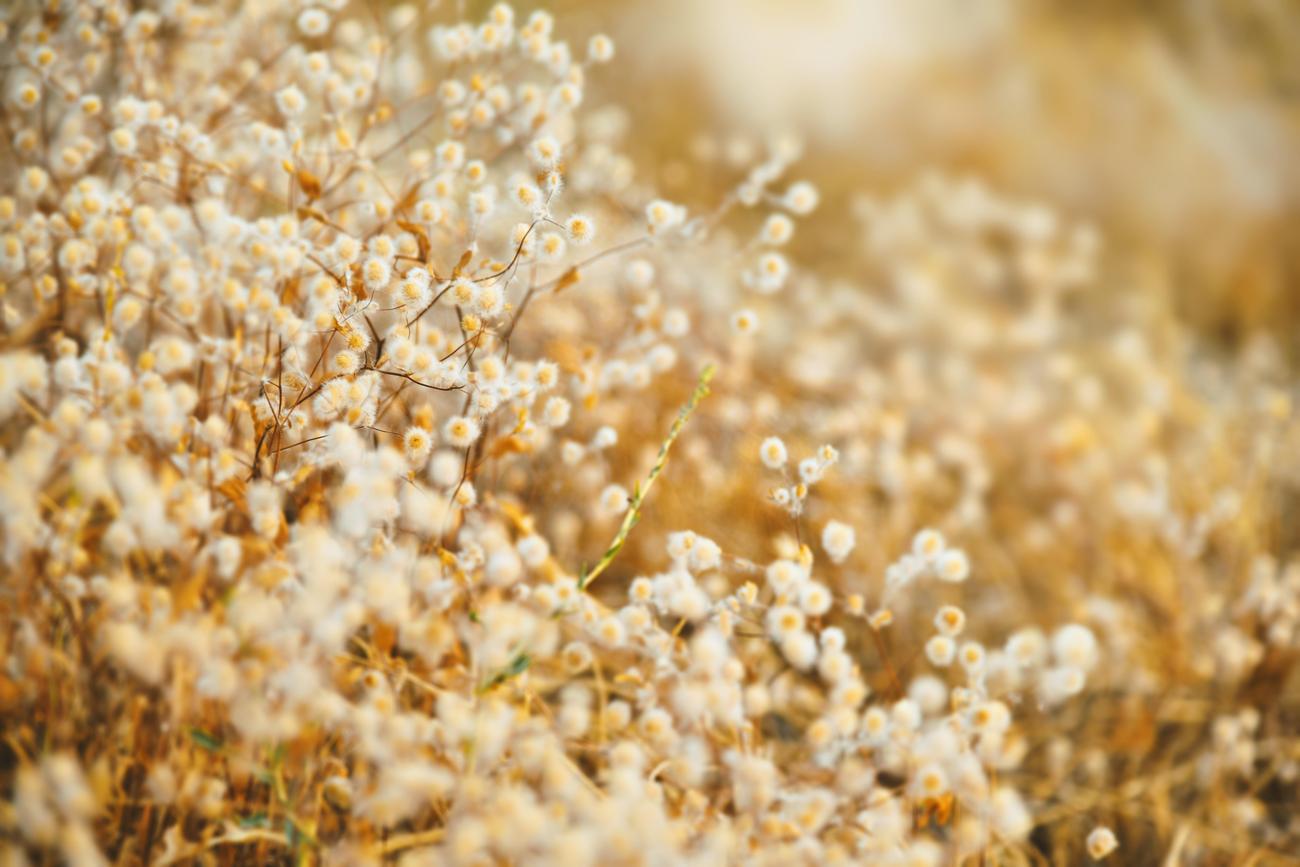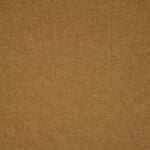Are you ready to unravel the secrets of one of the most fascinating fibers in the history of mankind? In this captivating article, we will dive deep into the intriguing historical facts about cotton. From its humble beginnings to its global impact on trade and economies, cotton has woven its way through the fabric of society for centuries. Join me as we embark on a journey through time, exploring the remarkable influence of this incredible fiber and uncovering untold tales from the past. Get ready to be enthralled by the captivating story of cotton through the ages.

Interesting Historical Facts about Cotton
Cotton, a humble fiber that we often take for granted, has a rich and fascinating history that stretches back thousands of years. From its early cultivation to its significant impact on societies and economies, the journey of cotton through the ages is truly captivating.
The Ancient Beginnings
The story of cotton begins in Ancient Peru around 6000 BCE, where the oldest known cotton textile was discovered. This finding suggests that cotton has been used by humans for thousands of years, and its history predates many other fabrics we use today. Can you imagine the skill and craftsmanship required to create this early cotton textile? It truly showcases the ingenuity of our ancestors.
In eastern Sudan, around 5000 BCE, cotton is believed to have been domesticated. However, the exact details of this domestication process remain a mystery, adding an air of intrigue to cotton’s history. Who were the ingenious individuals behind this discovery, and how did they recognize the potential of this plant? We may never know for sure.
Cotton’s Global Presence
By the year 1500, cotton had gained worldwide recognition, becoming an important commodity in global trade. Its popularity and versatility made it highly sought after, driving the expansion of cotton cultivation and production. As demand grew, so did the need for innovation in cotton processing.
In 1730, cotton spinning by machinery was first introduced in England, revolutionizing the textile industry. This milestone marked a turning point in the history of cotton, paving the way for mass production and making cotton fabrics more accessible to people around the world.
A Colorful Journey
One intriguing aspect of cotton is the wide range of colors it can be grown in. From its more commonly known off-white and brown varieties to the unexpected hues of rust and light purple, cotton offers a diverse palette. This versatility has allowed for creative expressions through textiles and fabrics, showcasing the beauty and diversity of cotton’s natural form.
Cotton’s Role in Society
Throughout history, cotton has played a significant role in societies and economies. The invention of the cotton gin during the Industrial Revolution in the late 18th century was a pivotal moment in cotton history. This revolutionary machine revolutionized the efficiency of separating cotton fibers from the seeds, making cotton production faster and more profitable than ever before.
The economic impact of cotton cannot be overstated. It has remained a vital cash crop in numerous countries, providing livelihoods for many and shaping the economies of entire regions. The Better Cotton Initiative, a global sustainability program, recognizes the importance of cotton production and aims to ensure its sustainable cultivation, benefiting both the environment and the communities involved.
Cotton’s Influence on Fashion
When you think of cotton, one of the first things that may come to mind is its role in clothing production. And rightly so! Cotton accounts for nearly 40% of clothing production worldwide. Its natural fibers make it comfortable and breathable, ensuring comfort throughout the seasons.
The connection between cotton and fashion is particularly evident in denim and jeans production. Denim, a sturdy cotton fabric, has become a timeless classic and a staple in wardrobes across the globe. The durability of cotton fabric is exceptional, and it even gets stronger when wet! This quality has made cotton the preferred choice for clothing that is designed to withstand the test of time.
As we unravel the intriguing historical facts about cotton, it becomes clear that this humble fiber has woven itself into the fabric of human civilization. Its impact on trade, economies, and fashion is undeniable, making it a fascinating subject to explore further. From its early domestication to its modern-day sustainability initiatives, cotton continues to be an enduring symbol of human ingenuity and resourcefulness.
“Cotton’s journey through time weaves a tapestry of human creativity, resilience, and innovation, leaving an indelible mark on our history and societies.”
Cotton has a rich and fascinating history, filled with intriguing facts and stories. From its cultivation in ancient civilizations to its role in the Industrial Revolution, this resilient fiber has played a significant role in shaping our world. If you’re curious to learn more about the historical facts surrounding cotton, click here: Historical Facts About Cotton. Prepare to be amazed by the captivating tales that await you in the annals of cotton’s past.

FAQ
Question 1
When was cotton first cultivated in the American colonies?
Answer 1
Cotton seed was first planted in Florida in 1556 and in Virginia in 1607. Colonists were growing cotton along the James River in Virginia as early as 1616.
Question 2
What is the oldest known cotton textile and where was it found?
Answer 2
The oldest known cotton textile dates back to 6000 BCE and was discovered in Peru.
Question 3
How many different species of natural cotton are there?
Answer 3
There are 50 different species of natural cotton.
Question 4
What is the most commonly grown variety of cotton?
Answer 4
Upland cotton is the most commonly grown variety of cotton.
Question 5
What role does cotton play in denim and jeans production?
Answer 5
Cotton plays a significant role in denim and jeans production, as it is the primary fiber used to create these durable and comfortable fabrics.















